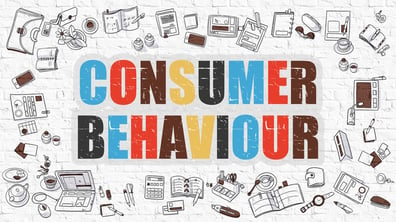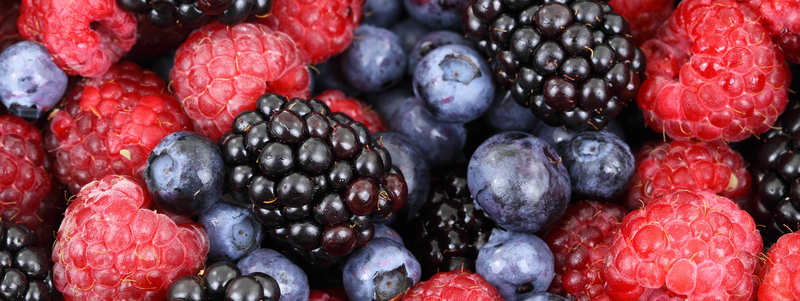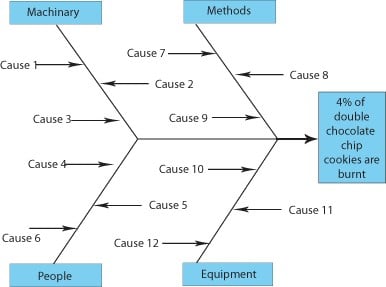Consumer demand regarding food fluctuates wildly. The rise in new health fads, sensitivity to a growing list of allergens, and consumer awareness of unhealthy ingredients and product expiry have led to an environment of uneven demand. As a result, food retailers and distributors often leave manufacturers with unwanted inventory and/or find new manufacturers that can optimize the product mix to deliver what consumers want, on time and at a reasonable cost.
To become a ‘go-to food manufacturer’ in this new environment, your company should consider implementing Heijunka (hi-JUNE-kuh). Heijunka is the Japanese word for ‘leveling’ and is part of the lean methodology. It aims to level the type and volume of product batches you produce over a fixed period to lower costs while still meeting uneven demand.
The Drawbacks to Batching
Batching is producing large quantities of a product, regardless of the current demand. The rationale is that you can produce a large batch inexpensively by minimizing production-line changeovers, purchasing raw materials in bulk, and standardizing recipe outcomes (e.g., nutritional value, ingredient variability, response, etc.).
Unfortunately, batching’s lack of regard for customer demand raises the risk of inventory going unsold or being sold with a high risk of expiring before being purchased by consumers. This damages everyone’s profitability as well as manufacturer-distributor-retailer relationships. For the manufacturer, unanticipated buying patterns lead to disarray, higher inventory carrying costs, and more waste*.
Production Leveling Can Beat Batching
Heijunka makes manufacturing more efficient by aligning the production process with customer demand; making products and recipe variants in smaller amounts gives you the flexibility to meet changing demand patterns.
To level your production, set the pace of manufacturing according to what Heijunka calls Takt time, or the customer buying rate (some also refer to this as the time it takes to finish a product to meet customer demand).
Following is a 4-step example of implementing Heijunka to level your production schedule:
- Step 1: Determine total weekly demand for each product.
- Product A – 1,000 pounds
- Product B – 250 pounds
- Step 2:Calculate the daily requirement for each product
- Product A – 1,000/5 = 200 pounds (assumes 5 work days)
- Product B – 250/5 = 50 pounds
- Total daily production = 250 pounds
- Step 3: Calculate the Batch Ratio and production frequency for each type of product
- Product A – 200/50 = 4
- Product B – 50/50 = 1
- Total production frequency = 5
- Step 4: Establish a batch run schedule
- BAAAABAAAABAAAAB (one batch of Product B produced for every four batches of product A)
Managing production this way levels it via average production volume and product type over the long term.
How Good is Your Changeover Process?
The success of a production-leveling initiative will depend on how well you minimize production changeover times. The more efficient you become at changeover, the higher your ROI from Heijunka; the higher your ROI from Heijunka, the closer you are to lean success.
Effective implementation of Heijunka offers benefits of significant operational advantages:
- Continuous flow through your supply chain
- Elimination of production peaks and valleys
- Reduced stock
- Reduced production overload
- Flexible production capacity
- Faster response to new demands
- Optimized efficiency
Conclusion
Your customers expect you to meet demand with products that reflect consumer choices and have a long shelf life. To do this while hitting your profitability targets, you must plan to meet customer demand in a simplified and predictable manner: Heijunka. For questions about Heijunka, meeting customer demand, or other food and beverage manufacturing concerns, please contact us.
*The production and transport costs for wasted food in the United States currently accounts for more than a quarter of the total freshwater consumption and 300 million barrels of oil consumption annually. – Vanderbilt University










Leave a comment